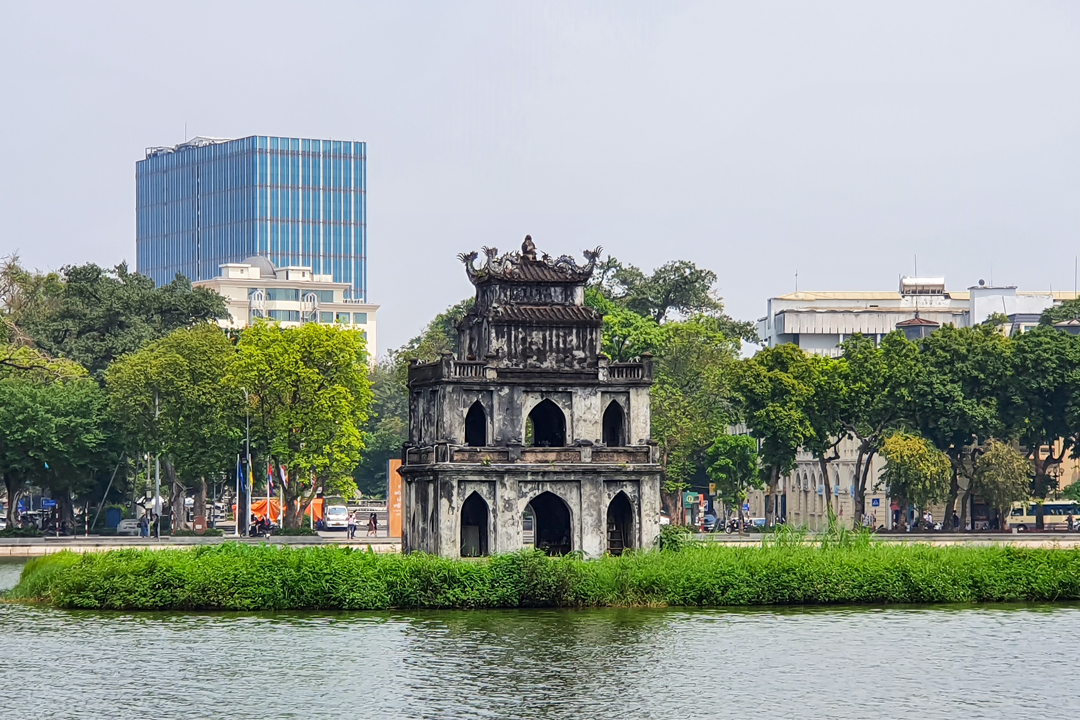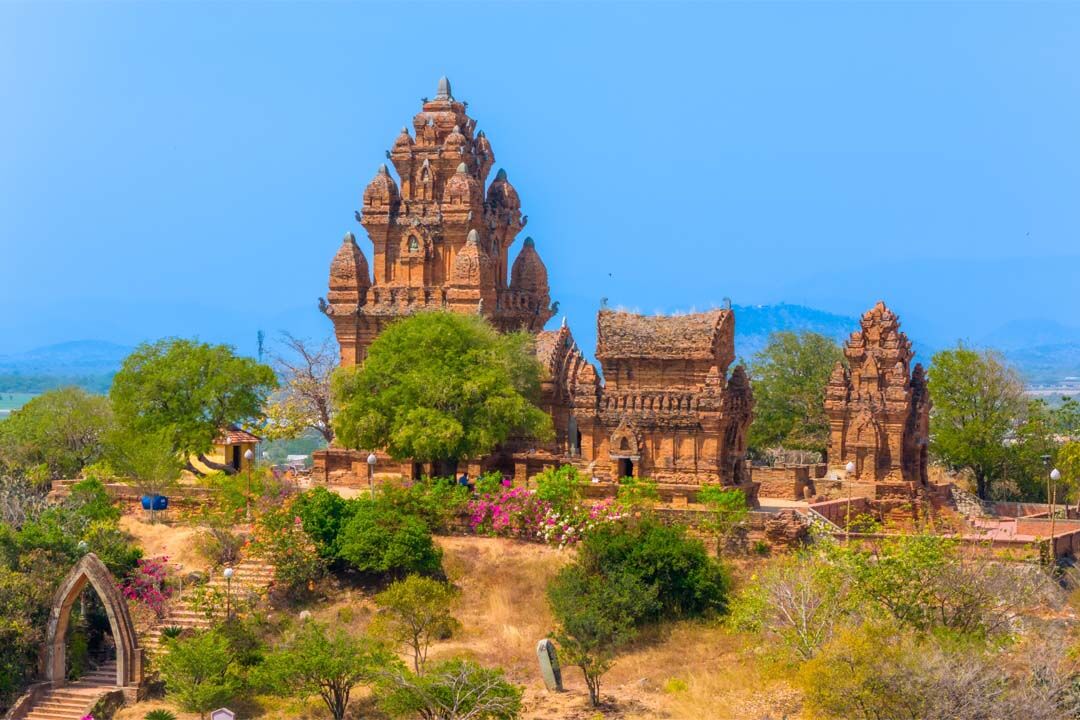Vietnam has a diverse culture, and there is no better way to experience this culture than by exploring its many festivals and traditions. Am Hon Pavilion Ceremony is an important part of the country's rich heritage in Hue City. It is a must-see for anyone interested in learning more about Vietnamese culture.
Am Hon Pavilion Ceremony
The Am Hon Pavilion Ceremony commemorates the martyrs and compatriots who died in the event of the fall of the ancient capital of Hue on May 23 of the lunar calendar in 1885.
Day of Hue remembers victims of 1885’s citadel falling incident
The Am Hon Pavilion (73 Ong Ich Khiem Street, Thuan Hoa Ward, Hue) was erected by King Thanh Thai in 1894. Every year on the 23rd day of the 5th lunar month, the Nguyen court celebrated sacrifices, and the yearly sacrifice was considered a national holiday.
After 1945, the Am Hon Pavilion Ceremony ceased to exist, but the people of Hue still set up an offering table. In 2013, the Am Hon Pavilion instrument was ranked as a historical relic of Thua Thien Hue province. In 2018, the sacrifice ceremony for compatriots and soldiers who died in the event of the fall of the capital was first recreated by the rituals under the Nguyen Dynasty.
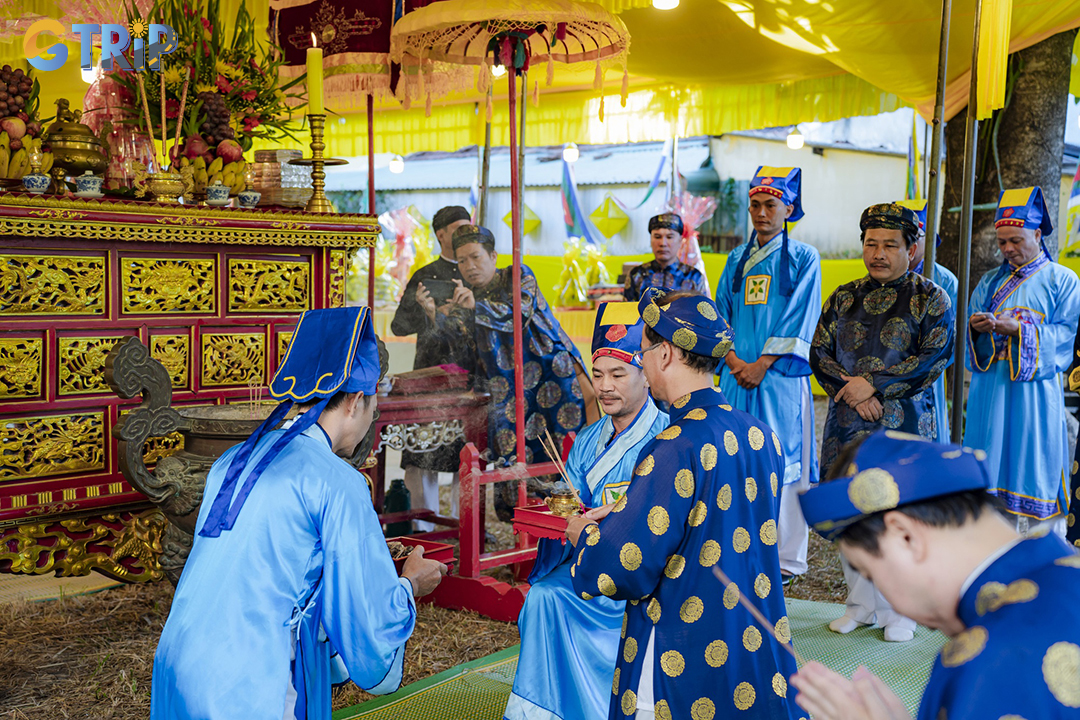
Am Hon Pavilion was built in 1894
Today, the Am Hon Pavilion Ceremony is solemnly organized by the Hue Ancient Capital Conservation Center according to the royal rites recorded on Chau Ban during the reign of King Duy Tan on the 23rd day of the 5th lunar month every year.
Sacrificial articles and rituals
The Am Hon Pavilion Ceremony will be conducted solemnly for more than an hour following a well-restored ceremony from the period of King Duy Tan of the Nguyen Dynasty. The ritual involves the quan tay ceremony (hand washing), the thuong huong ceremony (incense offering), the hien tuoc ceremony (wine offering), and the offerings including the three births, paper money, and votive paper. The altar is covered with tablets of Tho Cong (god of the ground), tablets of men, women, elderly, and young, soldiers,... Articles made exactly like the Nguyen Dynasty in the past include pigs, goats, buffaloes, pigs, and sticky rice.
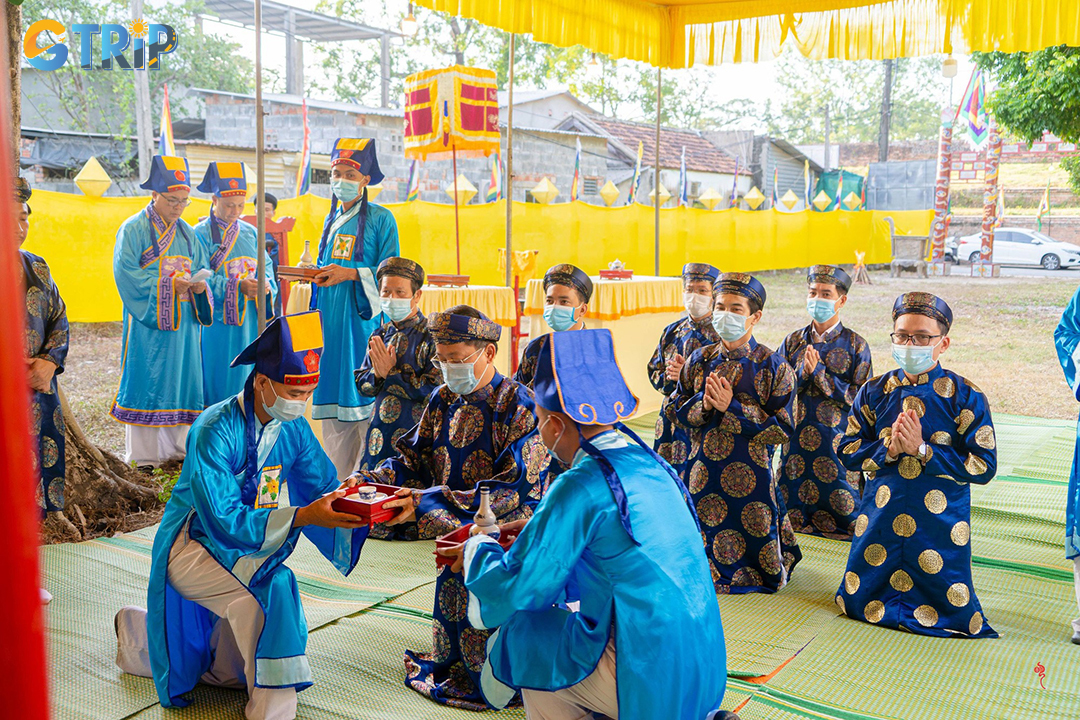
Am Hon Pavilion Ceremony was restored according to the court's rites
In the tray, Hue Ancient Capital conservation center also presented many rustic dishes such as boiled corn, tea, fruits, holy porridge, squeezed rice, salt (for hungry souls), a large pot of tea (for the thirsty), a military vest (for the drowned).
A big fire was lit in the precinct of the sacrifice, as was customary in ancient times. According to the Hue people, in the past, many individuals fled from the enemy and drowned in a pond or lake, necessitating the use of fire to keep warm.
Hue people commemorate the tragic event
Apart from the Am Hon pavilion created by the Nguyen court, at the intersection of Mai Thuc Loan - Le Thanh Ton streets in Hue's inner city, there is also the Am Hon shrine, which was founded by the people a long time ago. Every year on this day, residents in the vicinity gather to give sacrifices, burn incense, and light lamps in memory of thousands of troops and countrymen who died in the event of the fall of the capital.
People outside the city, at Dong Ba market, Gia Hoi Street, the south bank of the Perfume River, and it appears that every street and town in Thua Thien Hue province set up sacrifices on the last days of the fifth lunar month.

The Am Hon shrine is likewise located at the junction of Mai Thuc Loan and Le Thanh Ton streets
The main day of the ceremony is the 23rd day of the fifth lunar month. But it also depends on each family that the event is held from May 23 to May 30. People often set up a theater or set up an outdoor worship table. The worshiping ceremony must have at least tea, porridge, rice, salt, fruits, incense, incense, tea, gold and silver banknotes, explosive beads, military uniforms, five-color paper, betel nut, and alcohol.
In particular, the offering on this anniversary must always have a plate of squeezed rice (rice balls) for people to carry when run amok, a very large pot of green tea because people were very thirsty that summer, and a fire pit to warm up wraiths because that year many people buried in rivers, lakes, and moats surrounding the citadel.
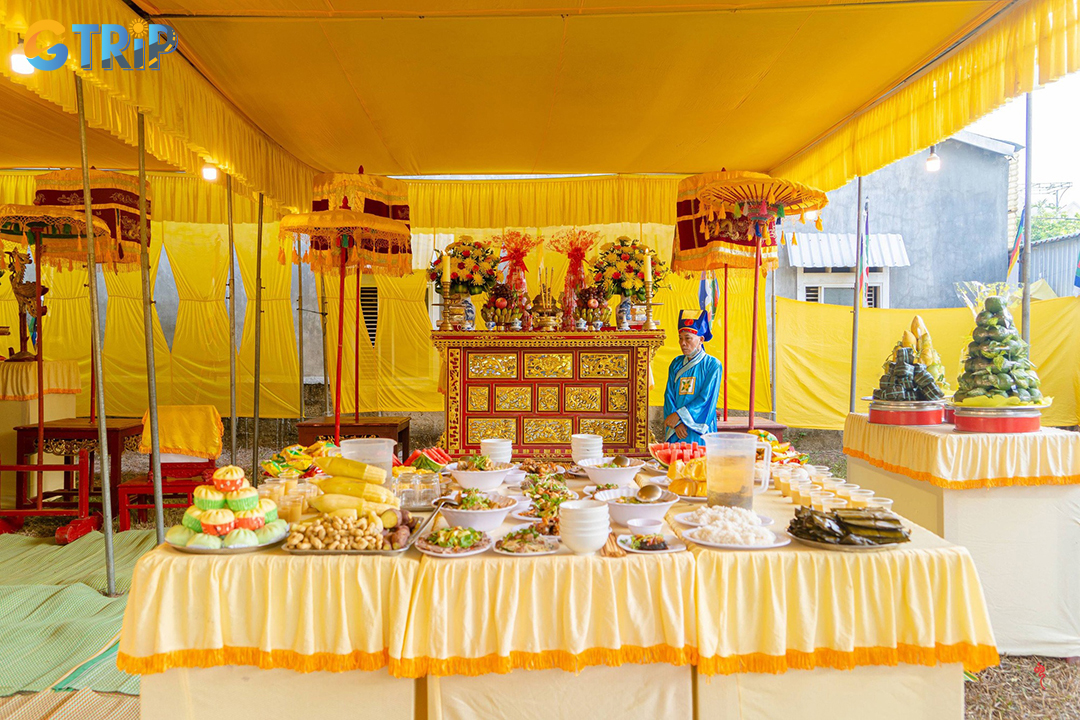
The event serves as a reminder of a lesson in Vietnam's past
Visitors traveling to Vietnam can obtain a better grasp of the country's history and culture by attending events such as the Am Hon Pavilion Ceremony. As a result, the Am Hon Pavilion Ceremony is a must-see for anybody interested in learning about Vietnam's traditional history.

